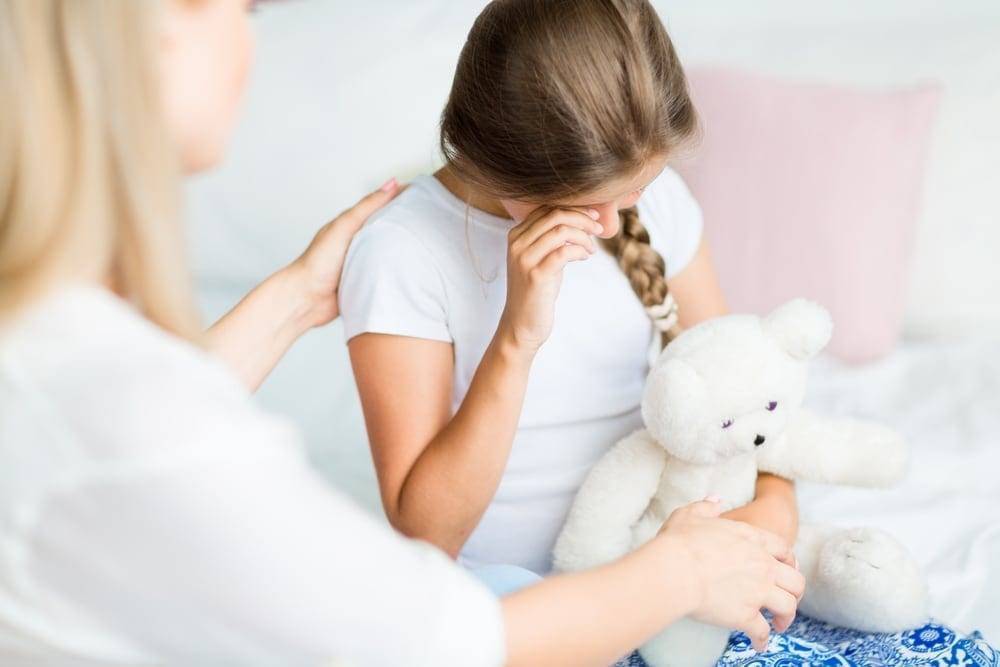Three Mistakes That Worsen Your Child’s Anxiety: Part 2

Childhood anxiety continues to rise, and the reasons are complex and not fully understood. However, there are mistakes that we often make, which tend to cause more problems with anxiety than they solve.
In previous post, we discussed the first two mistakes that will increase your child’s anxiety. These were:
1. Modeling Anxious and Fearful Thinking
This occurs when we allow our own thoughts and fears to be expressed repeatedly to our children, and then they begin to see the world through the same filters of anxiety. We can also direct the questions our children ask themselves, through the types of questions we ask them. When questions reflect anxiety and worry, our children then begin to ask the same questions.
2. Treating Anxious Thoughts Like a Thing
This process is more dangerous than it appears. We take the actual thinking of anxious thoughts, and we look at the outcome we see in our child (i.e., anxiety). We then focus on the outcome, as if it were static and unchanging. We make this ‘thing’ the problem, when the real problem resides in the ‘anxious thoughts’ that cause this thing (anxiety) to occur. We can change thoughts. It’s very difficult to change the consequences of our thoughts, and yet we tend to focus our children on the ‘thing’ rather than the thoughts that produce the ‘thing’ (anxiety).
In this post, my primary focus in on mistake number 3.
3. Protecting Children from Facing The Anxiety
Most childhood anxiety is the result of fears that are not based in reality. As discussed last week, these non-reality based thoughts wreak havoc because they create very real consequences, in the form of anxiety and suffering.
When children believe that there is something to be afraid of, they react as if that fear is real. We can see it. We can resonate with their tearful upset, and pleas for help.
This is where the real problem emerges.
The wide majority of these tearful moments are based in the non-reality based thoughts. Perhaps it a fear of saying goodbye to mommy, as I walk into the classroom. Or perhaps it’s an anxiety about going ‘upstairs’ alone to get a toy or even to go to the bathroom. Or maybe it’s a trepidation about going to soccer practice.
All of these are common. And all of these anxiety-based problems share the common theme of children having a moment of discomfort or anxiety because a thought arises that causes anxiety. The ‘thought’ is not real. There is no danger in the classroom. There is no boogeyman in the hallway upstairs, and no monsters on the soccer field.
So, why do these moments seems to get worse and worse?
Because we simply feed into them. We mean well, but our choices make things worse.
Rather than gently letting our child know that these moments often cause a bit of worry, and that they will get through this moment, we do the opposite. We hold them. We soothe them. We soothe even more. And as they cry, we find ourselves unable to push them forward to face the dreaded experience.
Yet, this is what must be done.
Over and over, through hundreds of studies, the research (as well as my clinical experience) argues that the way we get over fears, is by facing them. The same is true for children.
The more we help children avoid the feared situation, the worse things get. The more we gently reassure them that all will be okay, and then allow them the opportunity to face the situation, we find that they get better.
Every kindergarten and first-grade teacher has seen this dozen of times. The parent who lingers, and soothes excessively, will nurture the most clingy, fearful child who shows more and more separation anxiety. Don’t do this!
Here’s my advice: Be courageous!
Trust that they can handle the situation, and let your actions lead more than your words. Show your child how to be courageous, by facing your fears.
They can handle it. But they need you to show them that. They will not fall apart (despite the emotion that sometimes looks that way).
Trust them. They will handle it. That is what is needed. When you honor this, you will see miracles occur in just a very short time…guaranteed!




